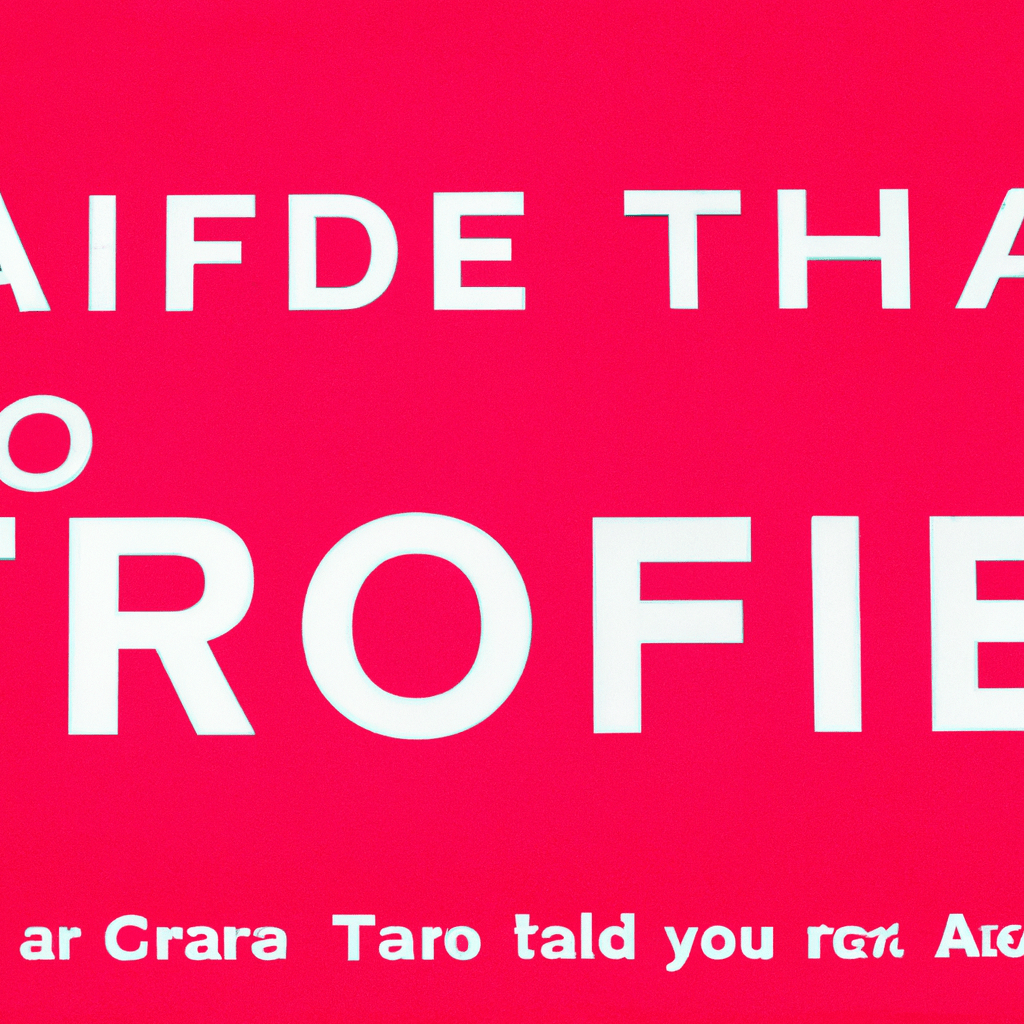Tips for Creating Illustrations with a Retro Typography Style
Typography is an essential element in design, and when combined with a retro style, it can create a unique and nostalgic feel. Retro typography is characterized by bold, decorative fonts, vibrant colors, and a sense of nostalgia. In this article, we will explore some tips and techniques for creating illustrations with a retro typography style.
1. Choose the Right Fonts
The choice of fonts is crucial when creating illustrations with a retro typography style. Retro fonts are often bold, decorative, and have a vintage feel. Some popular retro fonts include:
- Helvetica
- Bodoni
- Futura
- Gotham
- Trade Gothic
Experiment with different fonts to find the ones that best suit your illustration. Consider the era you want to evoke and the overall mood you want to convey.
2. Use Vibrant Colors
Retro illustrations are known for their vibrant color palettes. Use bold and saturated colors to create a visually striking composition. Consider using colors that were popular during the retro era you are referencing. For example, the 1950s were known for pastel colors, while the 1980s embraced neon hues.
When choosing colors, think about the emotions you want to evoke. Warm colors like red and orange can create a sense of energy and excitement, while cool colors like blue and green can evoke a more calming and nostalgic mood.
3. Incorporate Retro Patterns and Textures
Retro patterns and textures can add depth and visual interest to your illustrations. Consider incorporating elements like polka dots, stripes, or geometric shapes. These patterns can be used as backgrounds or as overlays to add texture to your artwork.
Experiment with different blending modes and opacities to achieve the desired effect. Retro textures can be created by scanning old paper or using digital brushes that mimic the look of aged materials.
4. Pay Attention to Composition
Composition plays a crucial role in creating visually appealing illustrations. When working with retro typography, consider the placement and arrangement of your text elements. Experiment with different layouts and hierarchies to create a balanced composition.
One popular technique in retro typography is to create a focal point by using a large, bold headline. This headline can be complemented by smaller subheadings or body text. Play with the size, weight, and spacing of your text elements to create visual interest.
5. Add Retro-inspired Illustrations
In addition to typography, incorporating retro-inspired illustrations can enhance the overall retro feel of your artwork. Consider adding elements like vintage cars, record players, or retro fashion to your composition.
These illustrations can be hand-drawn or created digitally. Experiment with different styles, such as flat illustrations or illustrations with a vintage feel. The key is to create illustrations that complement your typography and evoke a sense of nostalgia.
6. Experiment with Text Effects
Retro typography often includes various text effects to enhance its visual impact. Experiment with techniques like drop shadows, gradients, and outlines to give your text a retro look.
For example, you can create a drop shadow effect by duplicating your text layer, changing its color to a darker shade, and offsetting it slightly. This technique adds depth and dimension to your typography.
7. Research Retro Design Styles
To create authentic retro illustrations, it is essential to research and familiarize yourself with different retro design styles. Each era had its own unique characteristics and trends.
Look for inspiration in vintage advertisements, posters, and album covers. Pay attention to the typography, color palettes, and overall design elements used during that time. By understanding the design styles of the past, you can create illustrations that capture the essence of retro typography.
Conclusion
Creating illustrations with a retro typography style can be a fun and creative process. By choosing the right fonts, using vibrant colors, incorporating retro patterns and textures, paying attention to composition, adding retro-inspired illustrations, experimenting with text effects, and researching retro design styles, you can create visually appealing and nostalgic artwork.
Remember to experiment and have fun with your designs. The key is to evoke a sense of nostalgia while adding your unique creative touch. So go ahead and start creating your own retro-inspired illustrations!
